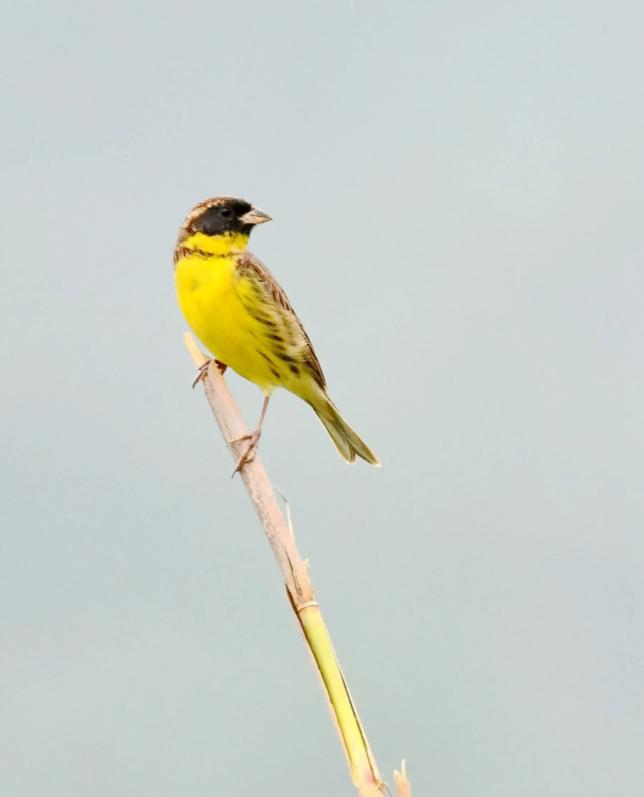Rare species spotted in Shenshan region
Writer: Tang Li | Editor: Zhang Zeling | From: Shenzhen Daily | Updated: 2024-04-12
The results of the 2023 biodiversity survey in the Shenshan Special Cooperation Zone have been unveiled. In comparison to the 2022 survey, three national first-class key protected species have been added to the record —the Paphiopedilum purpuratum, the yellow-breasted bunting, and the black-faced spoonbill.
Additionally, there are 22 new records of national second-class key protected species and three species unique to China. This marks the first time in recent years that the Shenshan region has added national first-class key protected species to its records, further enriching the natural map of biodiversity in the area.
The key areas covered in this biodiversity survey include some county-level forest parks, the Jiulong Bay nature reserve, four reservoirs, as well as the Nanshan region. A total of 689 species of wild vascular plants were recorded, with an addition of 308 species compared to the 2022 survey; 391 species of wild animals were recorded, with an addition of 171 species compared to the 2022 survey.

The Paphiopedilum purpuratum. File photos
The Paphiopedilum purpuratum is a wild plant of the orchid family, found only in a few mountainous areas, with its wild populations currently endangered. It thrives in acidic soils, typically growing in areas with abundant stony ground below 700 meters in altitude, alongside streams or rocky areas covered with moss and gravel, or on rocks. With a narrow distribution and low population density, it is highly susceptible to its habitat's influences.

The yellow-breasted bunting.
The yellow-breasted bunting is a nationally protected wild animal, listed as critically endangered by the International Union for Conservation of Nature. It prefers to inhabit shrubs, fields, grasslands, and forest edges in low hills and open plains, representing a typical bird species of river valley meadows and scrublands. The Shenshan region boasts the largest and concentrated farmland area in Shenzhen, providing an excellent habitat for this species due to its unique natural geographical advantages.

A black-faced spoonbill.
The black-faced spoonbill is named for its long, flat beak resembling a spoon, similar to the Chinese instrument, the pipa. It is a flagship species for wetland biodiversity conservation. Situated within the important bird protection areas, the rich wetlands and mudflat resources in Shenshan are highly suitable for the survival of the black-faced spoonbill.
"The addition of these three national first-class protected species in Shenshan is extremely valuable, with high ecological, scientific, and social significance, requiring continuous efforts to enhance habitat protection," stated a staff member from the Shenzhen Ecological Environment Bureau's Shenshan Management Office. To further advance biodiversity protection efforts, surveys and assessments of the biodiversity status in key areas will be continuously conducted.
The 2023 biodiversity survey is the second such survey conducted in Shenshan, with plans to complete a comprehensive survey of key areas by 2025. This year, a series of investigations will be conducted, emphasizing biodiversity protection, promoting wildlife protection, and fostering a collaborative approach to maintain the ecological balance of Shenshan.